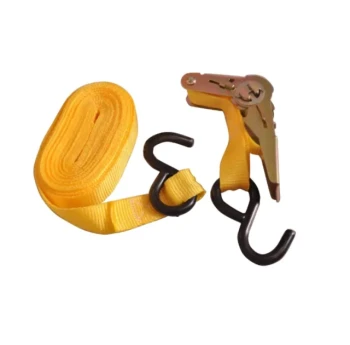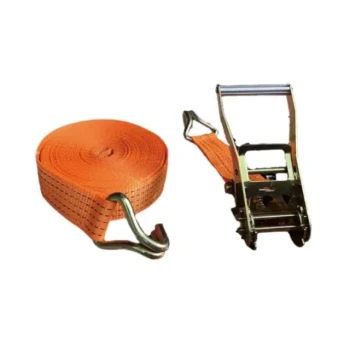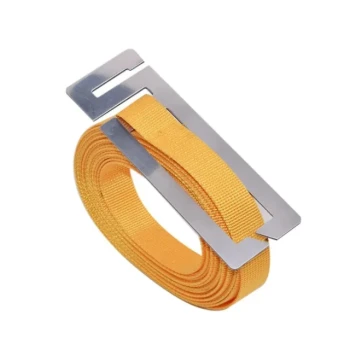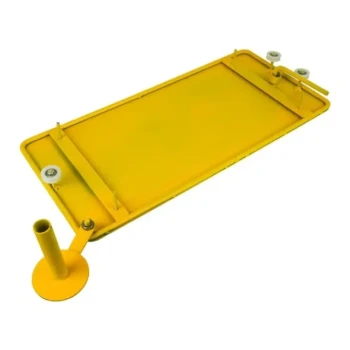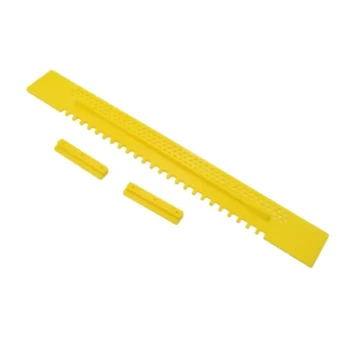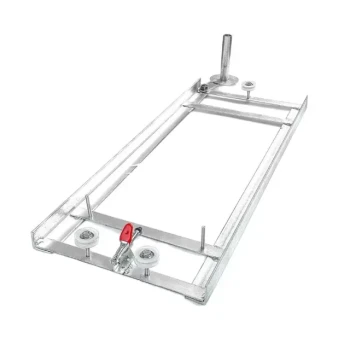For a new beekeeper, the best and most recommended hive is the Langstroth. Its overwhelming popularity is not just a trend; it is a feature. The entire system is standardized, meaning components from different manufacturers are almost always compatible, which drastically simplifies purchasing equipment, expanding your apiary, and seeking advice.
Your choice of a first hive is less about the physical box and more about the system you are buying into. The Langstroth hive is the ideal beginner's system because its standardization and vast user base provide an unparalleled support network, reducing complexity and increasing your chances of success.
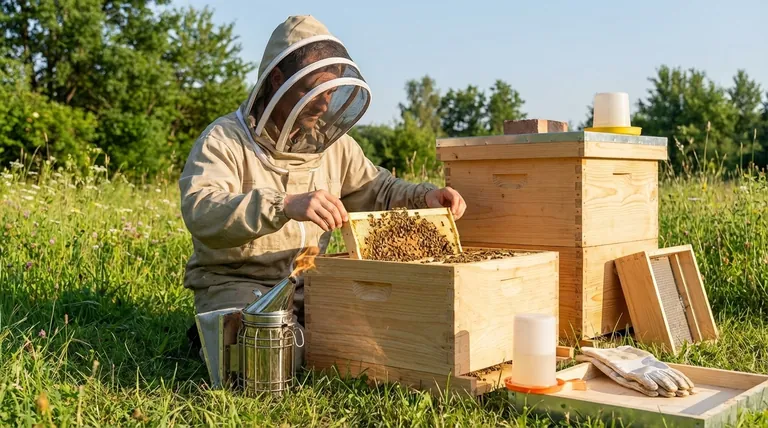
Why the Langstroth Hive is the Standard for Beginners
The Langstroth hive's design has been the North American standard for over 150 years for a few critical reasons that directly benefit the new beekeeper.
The Power of Standardization
A Langstroth hive is built from a series of simple, interchangeable boxes. These boxes come in two common widths (8-frame or 10-frame) and three standard depths (deep, medium, or shallow).
This standardization is your greatest asset. If you need a new part, want to expand, or have to replace a piece of equipment, you can be confident it will fit. This eliminates a massive source of potential frustration.
Unmatched Community and Resources
Because the Langstroth is the default, the vast majority of beekeeping books, online videos, and local club members use it.
When you have a problem or a question, you can easily find someone who understands your exact setup. This access to a deep well of knowledge and mentorship is invaluable during your first few seasons.
Designed for Inspection and Management
The core of the Langstroth design is the removable frame. This allows you to easily slide frames out to inspect the health of your queen, check for diseases, and see how much honey the colony has stored.
This ease of inspection is fundamental to modern, responsible beekeeping and is a key reason the design has endured.
Choosing Your First Langstroth: 8-Frame vs. 10-Frame
While all Langstroth components are standardized by depth, your first major decision is the width of your hive boxes.
The 10-Frame: The Traditional Workhorse
The 10-frame hive is the classic standard. It holds more bees, which means it can support a larger workforce for collecting nectar and can yield more honey.
However, its primary drawback is weight. A deep 10-frame box full of honey can weigh 80-90 pounds, which can be a significant physical challenge to lift.
The 8-Frame: The Lighter, Modern Alternative
The 8-frame hive has become increasingly popular, especially for hobbyists. The boxes are lighter and easier to handle, with a full deep box weighing closer to 60-70 pounds.
While it holds fewer bees and may produce slightly less honey per box, many find the ease of use to be a worthy trade-off. It's an excellent choice if you have concerns about heavy lifting.
Beyond the Hive: Essential Gear for Your First Season
A hive is just the house. To be a beekeeper, you need a few other non-negotiable pieces of equipment to ensure safety and properly care for your bees.
Your Protective Suit: Non-Negotiable Safety
A full bee suit with a veil is an indispensable tool. It provides a critical barrier between you and the bees, giving you the confidence and peace of mind to work calmly and deliberately.
The Smoker: Your Tool for Calm Inspections
A smoker is used to puff cool, white smoke into the hive before an inspection. This helps calm the bees, making them less defensive and your work much easier. A durable stainless steel smoker is a reliable choice for a beginner.
The Feeder: Supporting Your New Colony
A new colony often needs help with feeding, especially during its first year. A feeder allows you to provide sugar water without disturbing the hive. An entrance feeder is a simple, effective option that lets you monitor food levels at a glance.
Understanding the Trade-offs
The Langstroth is the best choice for most beginners, but it's important to be aware of its limitations.
The Weight Factor Is Real
The most significant drawback is the weight of the boxes, particularly the 10-frame deeps. Beekeeping can be physically demanding, and you must be prepared to lift heavy, awkward boxes.
It's Designed for Active Management
The Langstroth system is built for beekeepers who want to actively manage their colonies and maximize honey production.
Other hive styles, like the Top Bar or Warre hive, appeal to those seeking a more "natural" or hands-off approach. However, these systems have a much steeper learning curve and a significantly smaller support community.
Making the Right Choice for Your Goal
Ultimately, your first hive should align with your physical abilities and beekeeping goals.
- If your primary focus is simplicity and finding help: Start with a Langstroth hive; the wealth of standardized equipment and community knowledge is unmatched.
- If your primary focus is managing physical strain: Choose an 8-frame Langstroth system to ensure all hive boxes are lighter and easier to handle.
- If your primary focus is maximizing potential honey production: A 10-frame Langstroth system provides the most space for a large colony to store honey.
Choosing the right system from the start sets the foundation for a successful and rewarding beekeeping journey.
Summary Table:
| Hive Type | Key Feature | Best For |
|---|---|---|
| Langstroth (10-Frame) | High honey yield potential | Beekeepers prioritizing maximum honey production |
| Langstroth (8-Frame) | Lighter, easier to handle boxes | Beekeepers concerned about physical strain |
| Top Bar / Warre | More 'natural', hands-off approach | Experienced beekeepers seeking a specific management style |
Ready to Start Your Beekeeping Journey with the Right Equipment?
HONESTBEE is your trusted wholesale partner for commercial apiaries and beekeeping equipment distributors. We supply the high-quality, standardized Langstroth hives, protective gear, smokers, and feeders you need to ensure a successful start for your customers or your own operation.
Let us equip you for success. Our expertise and wholesale-focused operations mean you get reliable equipment that beekeepers trust.
Contact HONESTBEE today to discuss your wholesale needs and build a stronger apiary.
Visual Guide
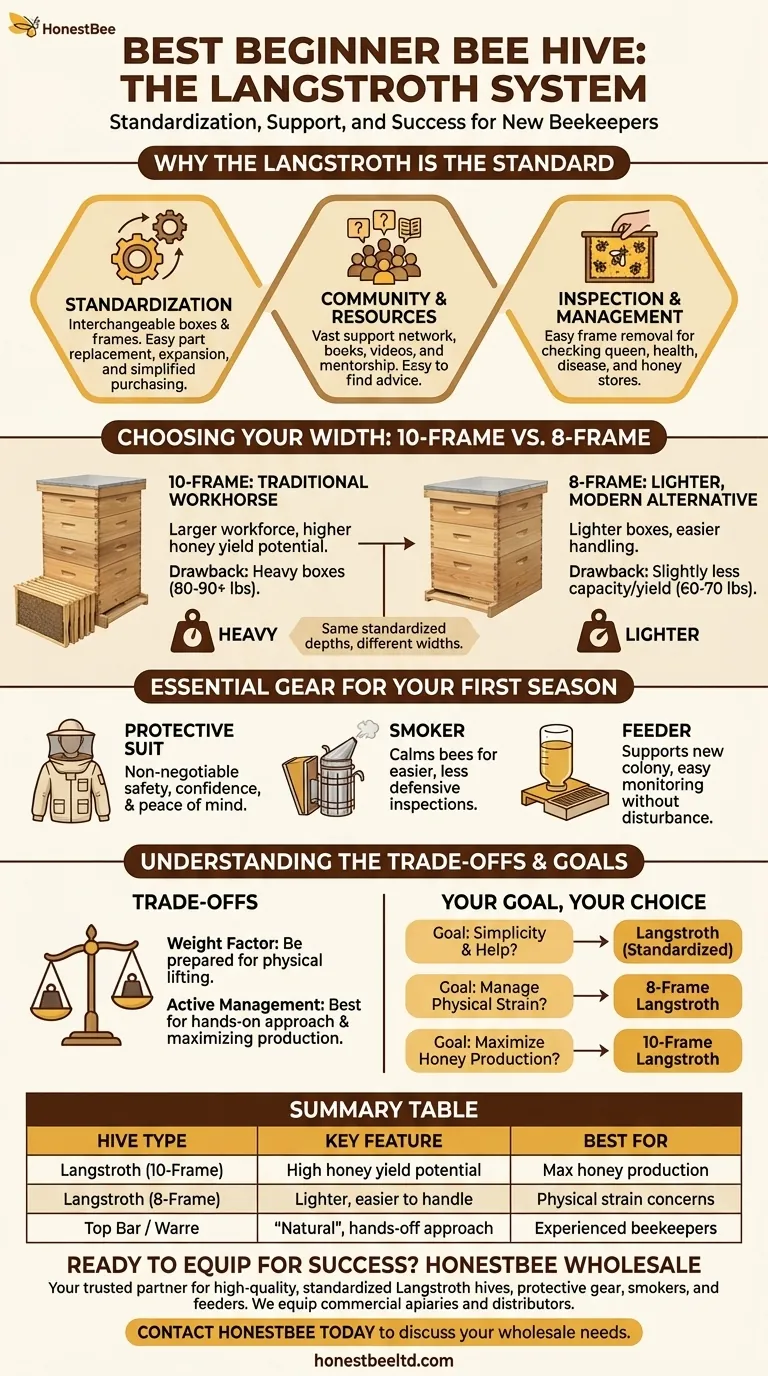
Related Products
- Langstroth Honey Bee Box Hive Boxes for Different Depths
- Professional Galvanized Hive Strap with Secure Locking Buckle for Beekeeping
- Jenter Queen Rearing Kit Complete Set for Bee Breeding
- Nicot Queen Rearing Kit for Beekeeping and Grafting in Nicot System
- No Grafting Queen Rearing Kit: System for Royal Jelly Production and Queen Rearing
People Also Ask
- What is the best time to inspect a hive? Optimize for Bee and Beekeeper Safety
- What is the purpose of the boxes in a Langstroth hive? A Guide to Modular Beekeeping Success
- How should hive boxes be aligned after reassembly? Ensure a Perfect Seal for Hive Health
- What are the sizes of supers available in a standard hive? A Guide to Deep, Medium, and Shallow Boxes
- What are the sizes available for Langstroth boxes? A Guide to 8-Frame vs. 10-Frame & Depths






